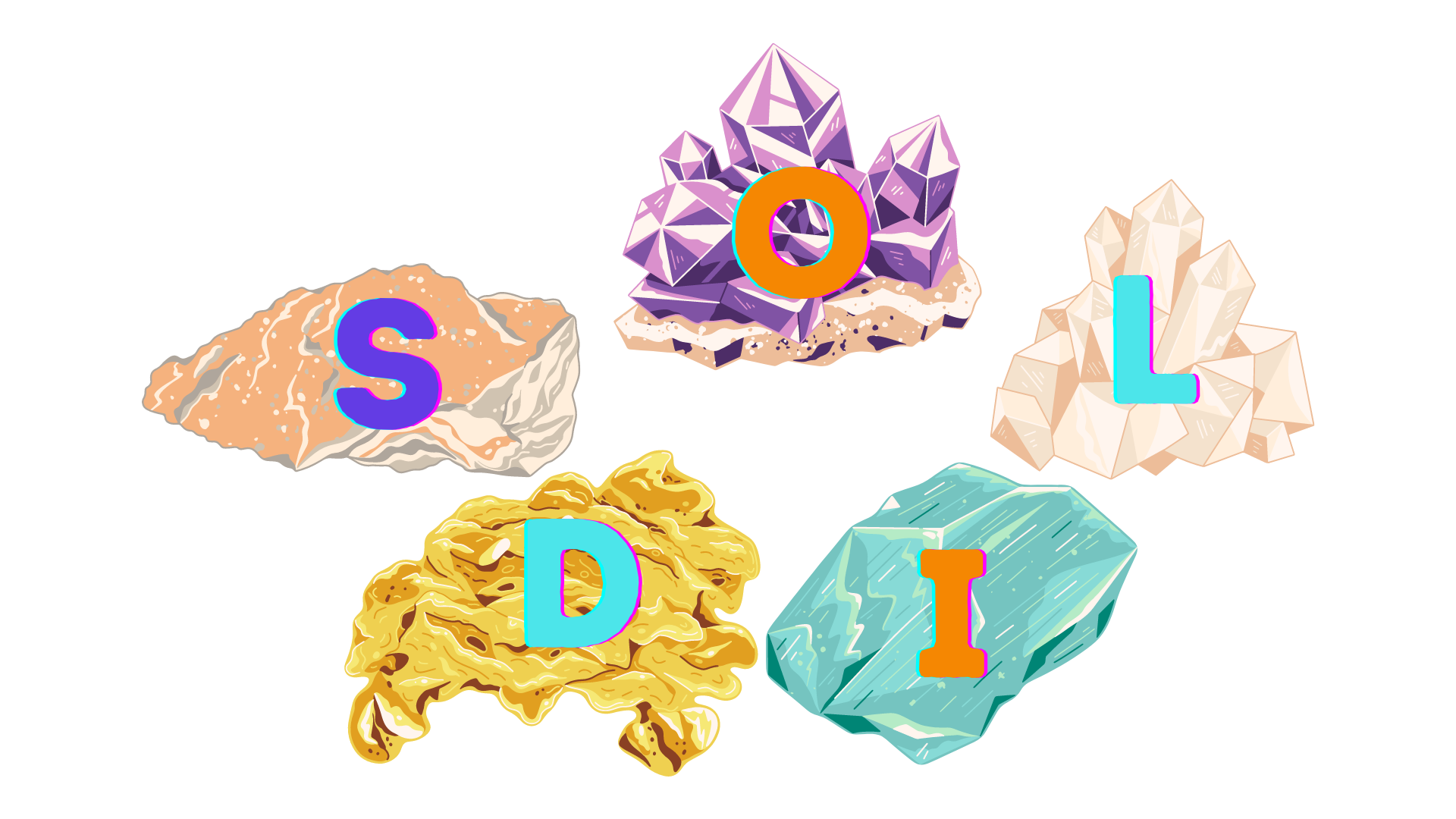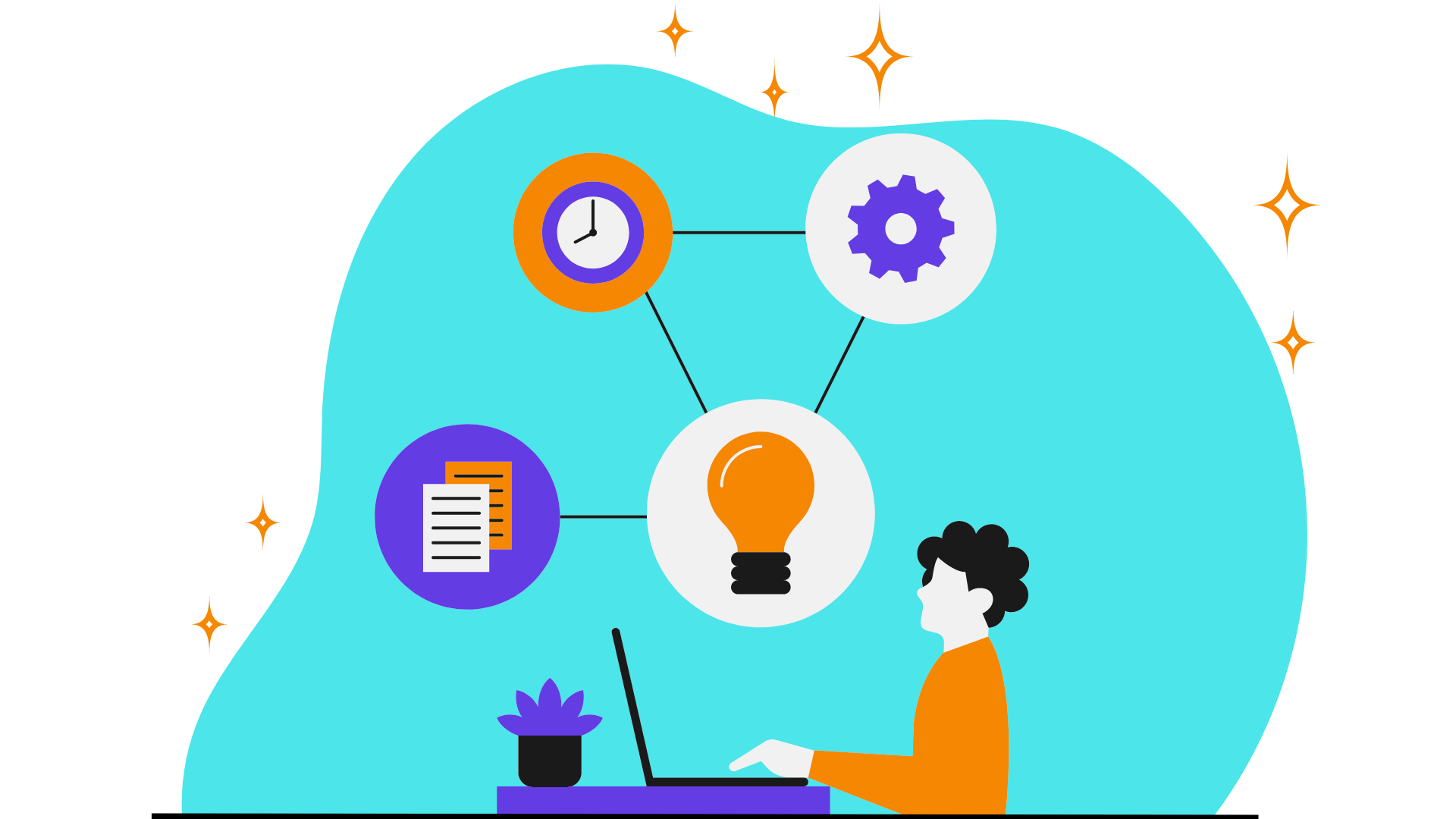Курси по темі
Всі курсиСередній
Django: Build Your First Website
This exciting course is designed for those who aspire to learn web development and create their own website using the powerful Django framework with the Python programming language. From the basics to advanced functionalities, the course offers everything you need to successfully launch your first web project.
Середній
Flask Intensive Course: Web Development with Python
You will face 100% hands-on practice and complete the project by the end of the course. This course is perfect for those who have never worked with Flask before. You will acquire the expertise to effectively utilize Flask for your project development needs. You will embark on a journey to create your initial application, mastering the fundamentals, and progressively enhancing your project to unlock its full potential. I will guide you step-by-step during the course.
How Information Moves Across the Internet
Understanding Data Movement Through OSI and TCP/IP Models

Alright, let's imagine you want to send a letter to a friend who lives in a different city. You write the letter, put it in an envelope, write the address, and then give it to the postal service. The postal service then figures out how to get the letter to your friend's city, their local post office, and then to their house. Computer networks work in a similar way, but instead of letters, they send data, and they use different sets of rules, or "protocols", to make sure the data gets where it's supposed to go. Two of the most famous sets of these rules are called OSI (Open Systems Interconnection) and TCP/IP (Transmission Control Protocol/Internet Protocol).
OSI Model
The OSI model is like a guidebook for how to send and receive data over a network. It's divided into 7 layers, and each layer has a specific job:
- Physical Layer (like the postman): This layer is about the physical devices and connections (like cables, switches, etc.). It's like the postman who physically carries your letter.
- Data Link Layer (like packaging and addressing): This layer makes sure data gets to the right device on a local network. It's like making sure your letter has the right apartment number.
- Network Layer (like city-to-city routing): This layer is about getting data from one network to another (like getting your letter from your city to your friend's city).
- Transport Layer (making sure the letter is read correctly): This layer makes sure that the data is sent smoothly and arrives correctly (like making sure the pages of your letter aren’t missing or mixed up).
- Session Layer (like keeping track of a conversation): This layer keeps track of the data exchange by starting, controlling, and ending conversations.
- Presentation Layer (like translating a letter): This layer translates the data into a format that the application layer (and the user) can understand.
- Application Layer (like the content of the letter): This is the layer where the data gets used by applications (like reading the actual letter).

Run Code from Your Browser - No Installation Required

TCP/IP Model
TCP/IP is another model, and it's the main one the internet uses. It's simpler, with 4 layers:
- Link Layer (like local mail handling): This combines the physical and data link layers of OSI and is about getting data across a single link or network.
- Transport Layer (like making sure the letter is read correctly): Just like in OSI, it's about making sure data gets where it's meant to go in the correct order and without errors.
- Internet Layer (like city-to-city routing): Similar to the network layer in OSI, it's about getting the data packets from the source to the destination across multiple networks.
- Application Layer (like the content of the letter and how you read it): This is for applications to access network services; it combines the application, presentation, and session layers of the OSI model.
Conclusion
In conclusion, the OSI and TCP/IP models are like the rulebooks for sending data over a network. The OSI model is more detailed with seven layers, each with a specific job, ensuring that data is properly packaged, addressed, transported, and received. On the other hand, TCP/IP is a more streamlined model with four layers, focusing on the essential tasks needed to deliver data across the internet. While OSI provides a comprehensive framework for understanding network communication, TCP/IP is the backbone of the internet, guiding how data moves from one device to another. Both models are crucial for understanding how networks function, ensuring that, much like a postal service, data is delivered accurately and efficiently from sender to receiver.
Start Learning Coding today and boost your Career Potential

FAQ
Q: Why are the OSI and TCP/IP models important?
A: Understanding the OSI and TCP/IP models is crucial for anyone involved in networking because they describe how data is transferred between different devices over a network. They help in troubleshooting network issues and designing efficient and secure networks.
Q: Can you give an example of how data moves through the OSI layers?
A: Sure! When you send an email, the content (data) is created at the Application layer (7th layer). It goes down the layers, being packaged, addressed, and prepared for transport. At the Network layer (3rd layer), it's routed through the internet. Once it reaches the destination, it moves up the layers until it's presented to the recipient at the Application layer.
Q: Are the OSI and TCP/IP models still relevant today?
A: Absolutely! While technology has evolved, the fundamental concepts of these models are still the backbone of network communication. Understanding them is crucial for anyone working with computer networks.
Q: How does the Internet Layer in TCP/IP compare to the OSI model?
A: The Internet Layer in TCP/IP is roughly equivalent to the Network Layer in the OSI model. Both deal with routing data across multiple networks to reach its final destination.
Курси по темі
Всі курсиСередній
Django: Build Your First Website
This exciting course is designed for those who aspire to learn web development and create their own website using the powerful Django framework with the Python programming language. From the basics to advanced functionalities, the course offers everything you need to successfully launch your first web project.
Середній
Flask Intensive Course: Web Development with Python
You will face 100% hands-on practice and complete the project by the end of the course. This course is perfect for those who have never worked with Flask before. You will acquire the expertise to effectively utilize Flask for your project development needs. You will embark on a journey to create your initial application, mastering the fundamentals, and progressively enhancing your project to unlock its full potential. I will guide you step-by-step during the course.
The SOLID Principles in Software Development
The SOLID Principles Overview
by Anastasiia Tsurkan
Backend Developer
Nov, 2023・4 min read

30 Python Project Ideas for Beginners
Python Project Ideas
by Anastasiia Tsurkan
Backend Developer
Nov, 2023・5 min read

Coding for Beginners The Ultimate Guide on How to Start
Road map for beginer
by Anastasiia Tsurkan
Backend Developer
Nov, 2023・10 min read

Зміст